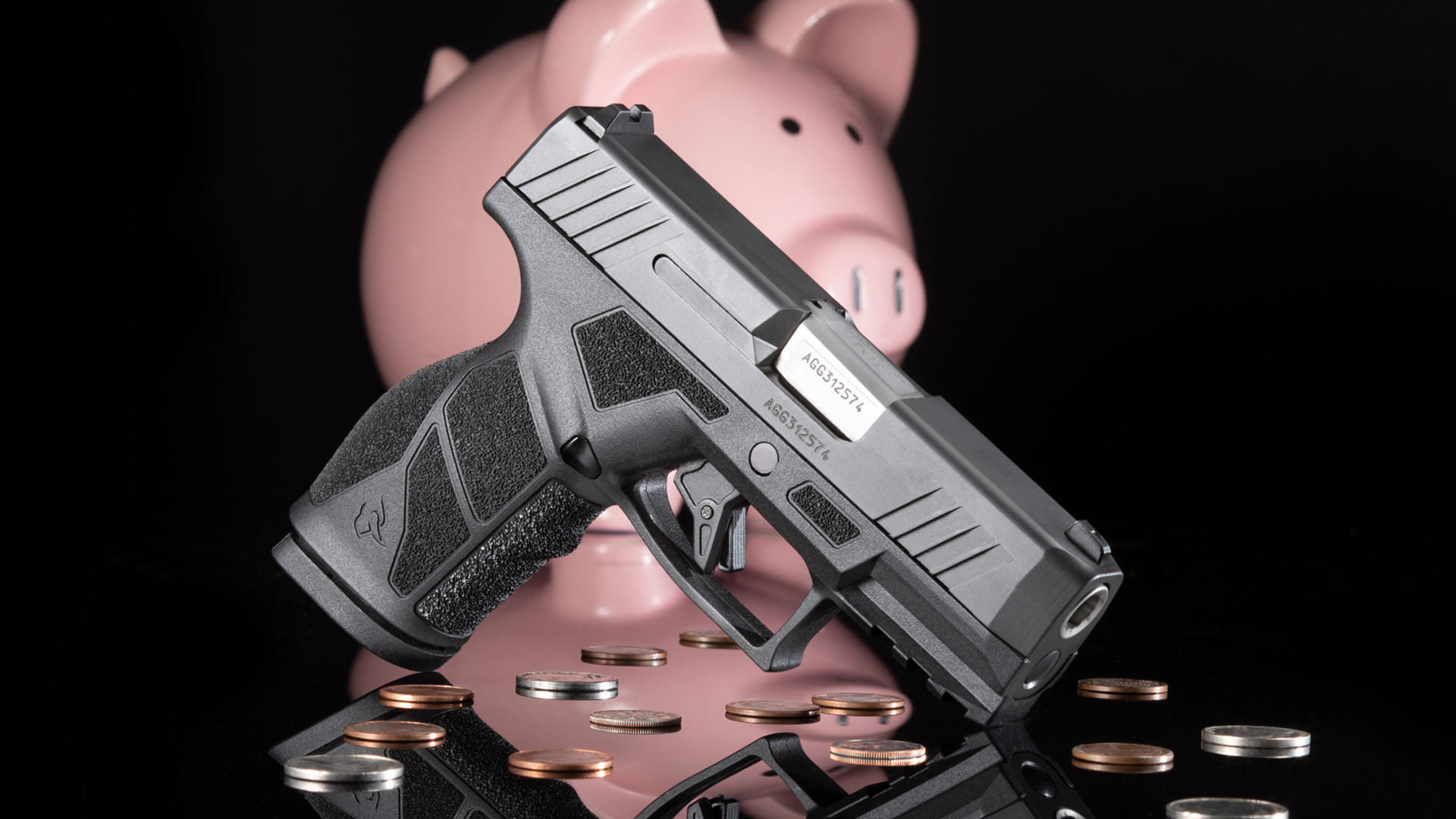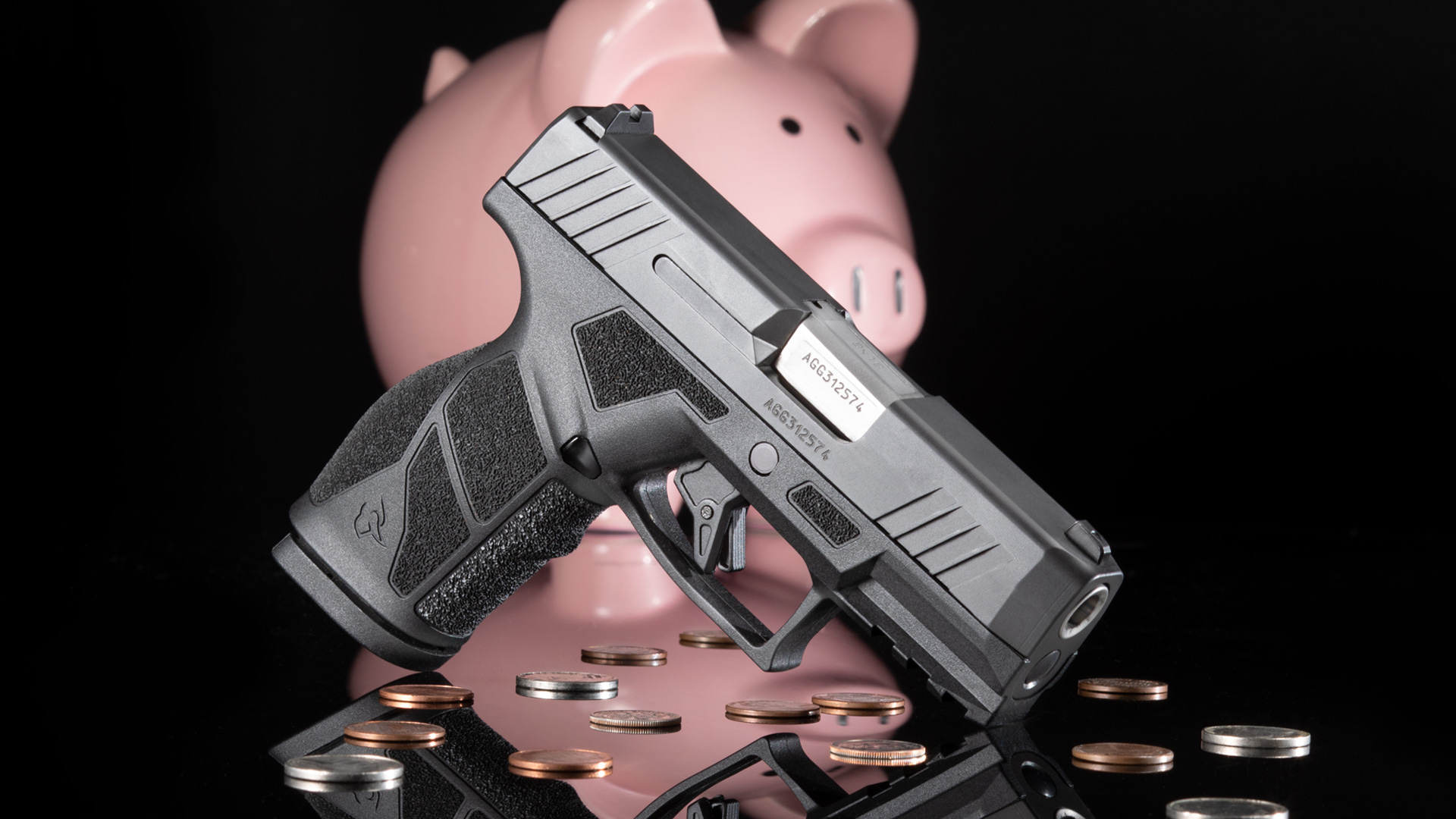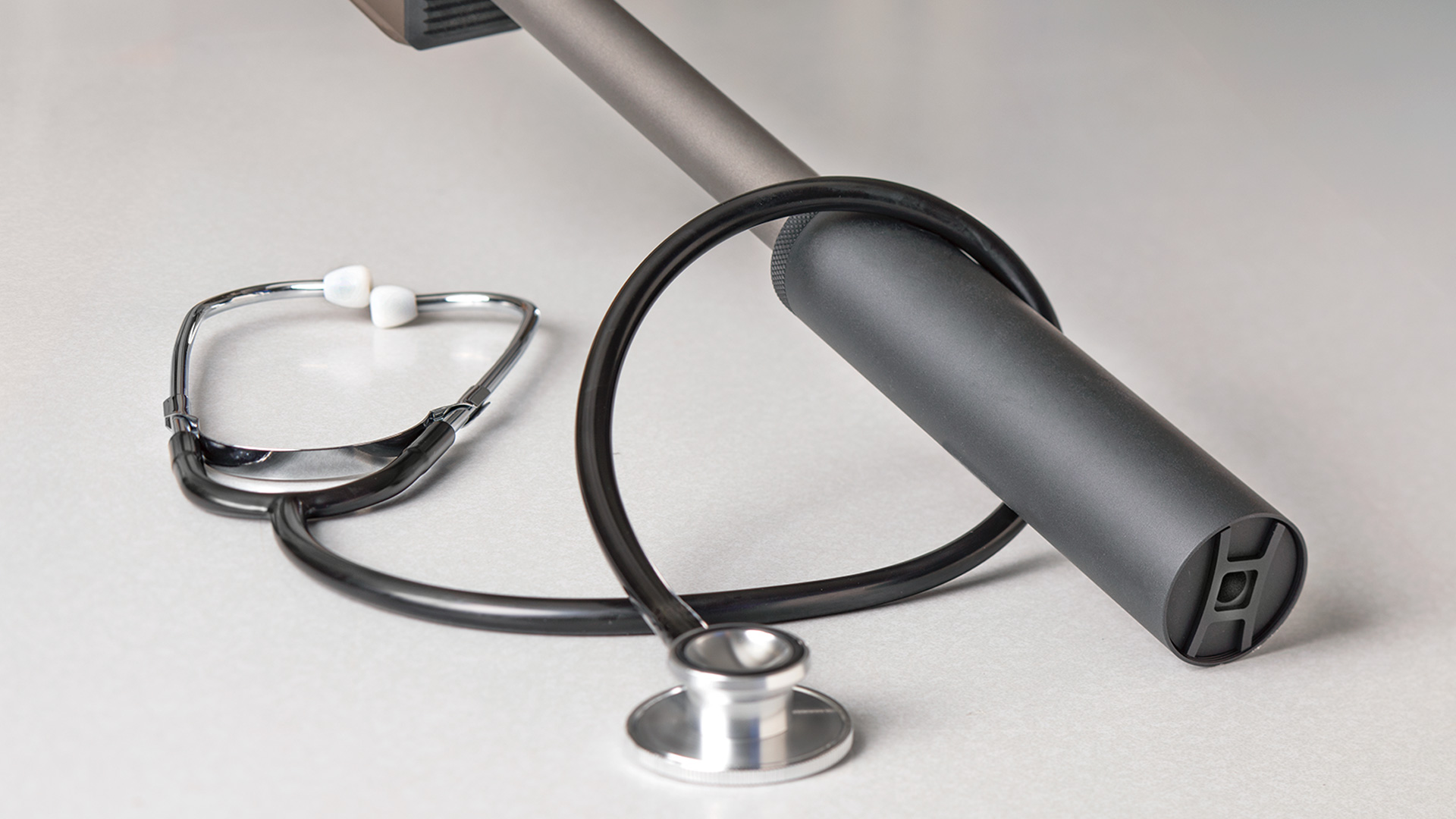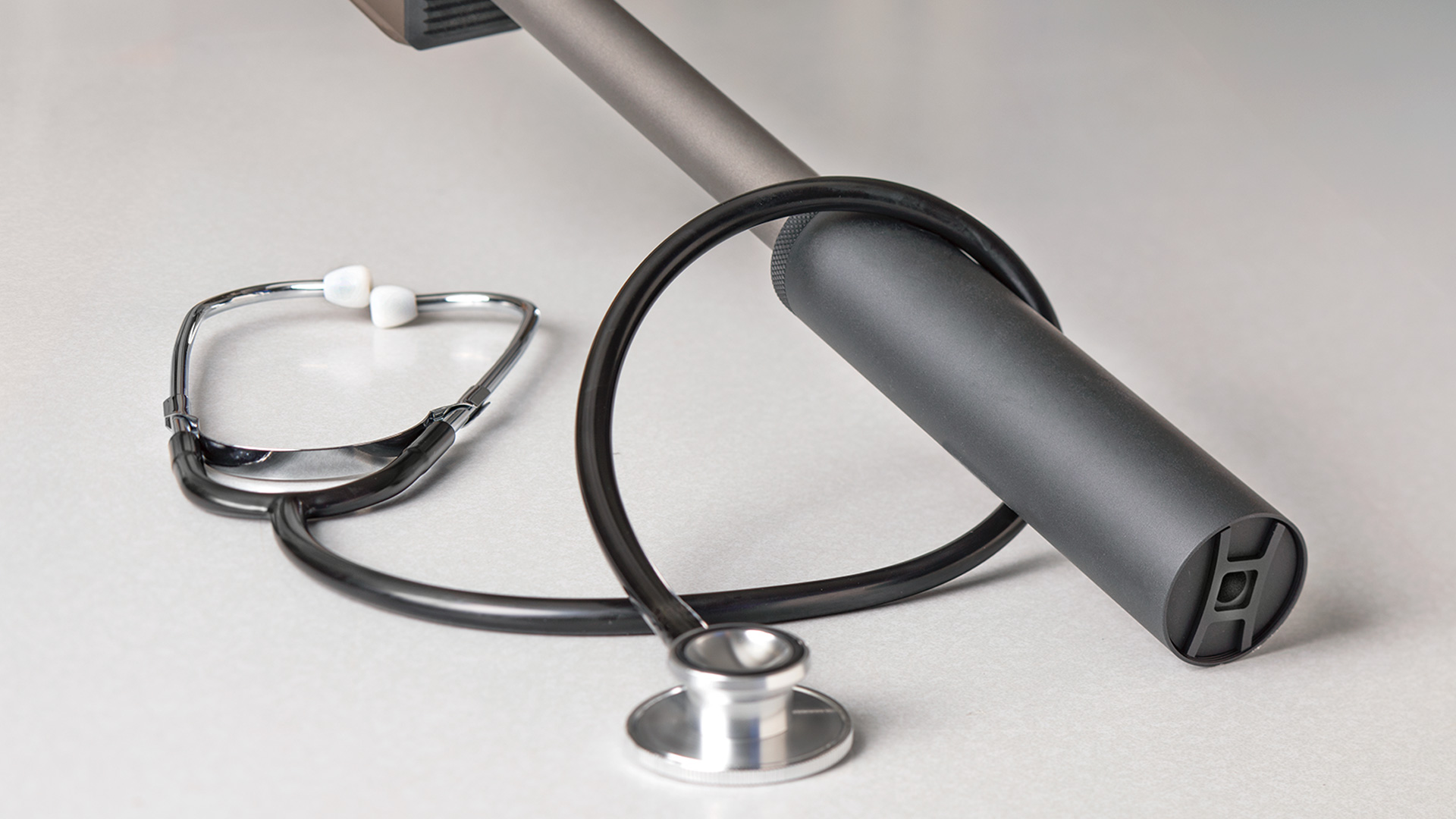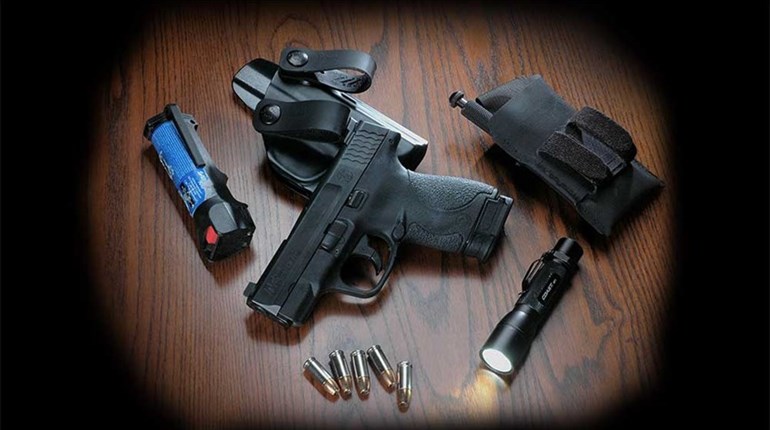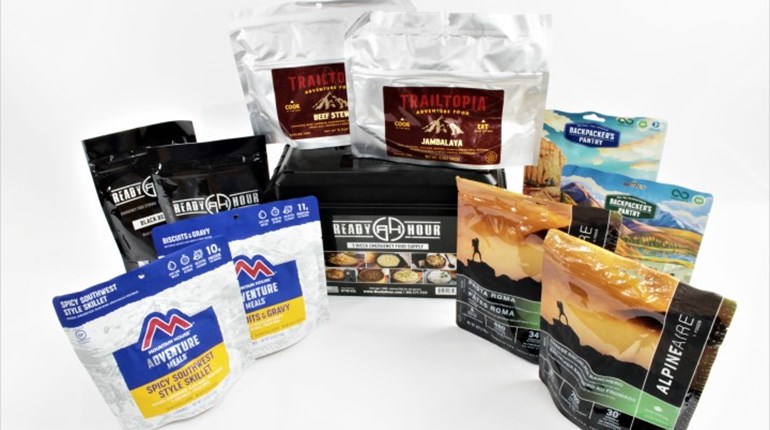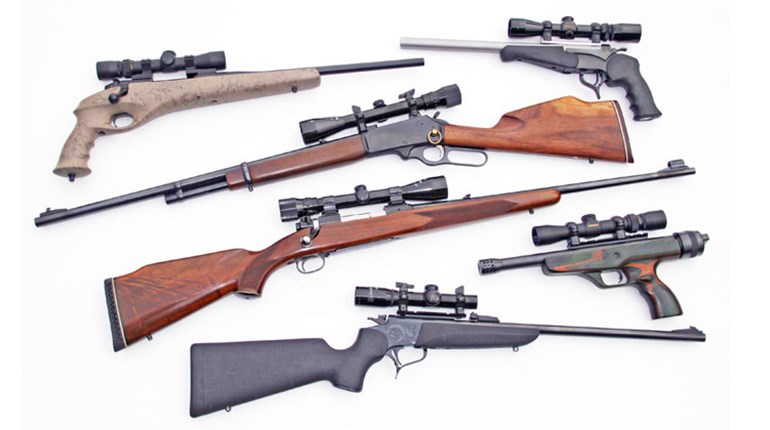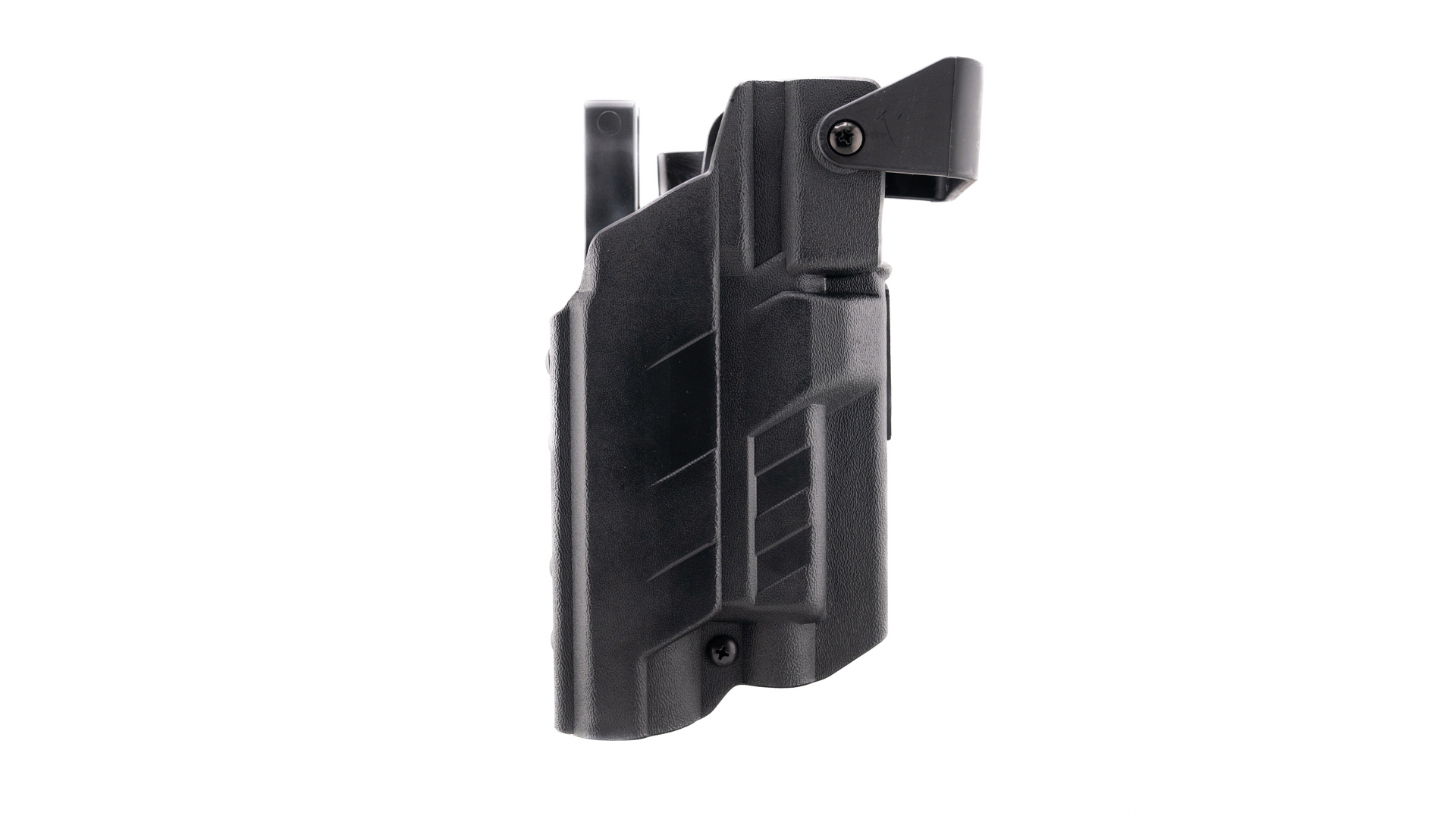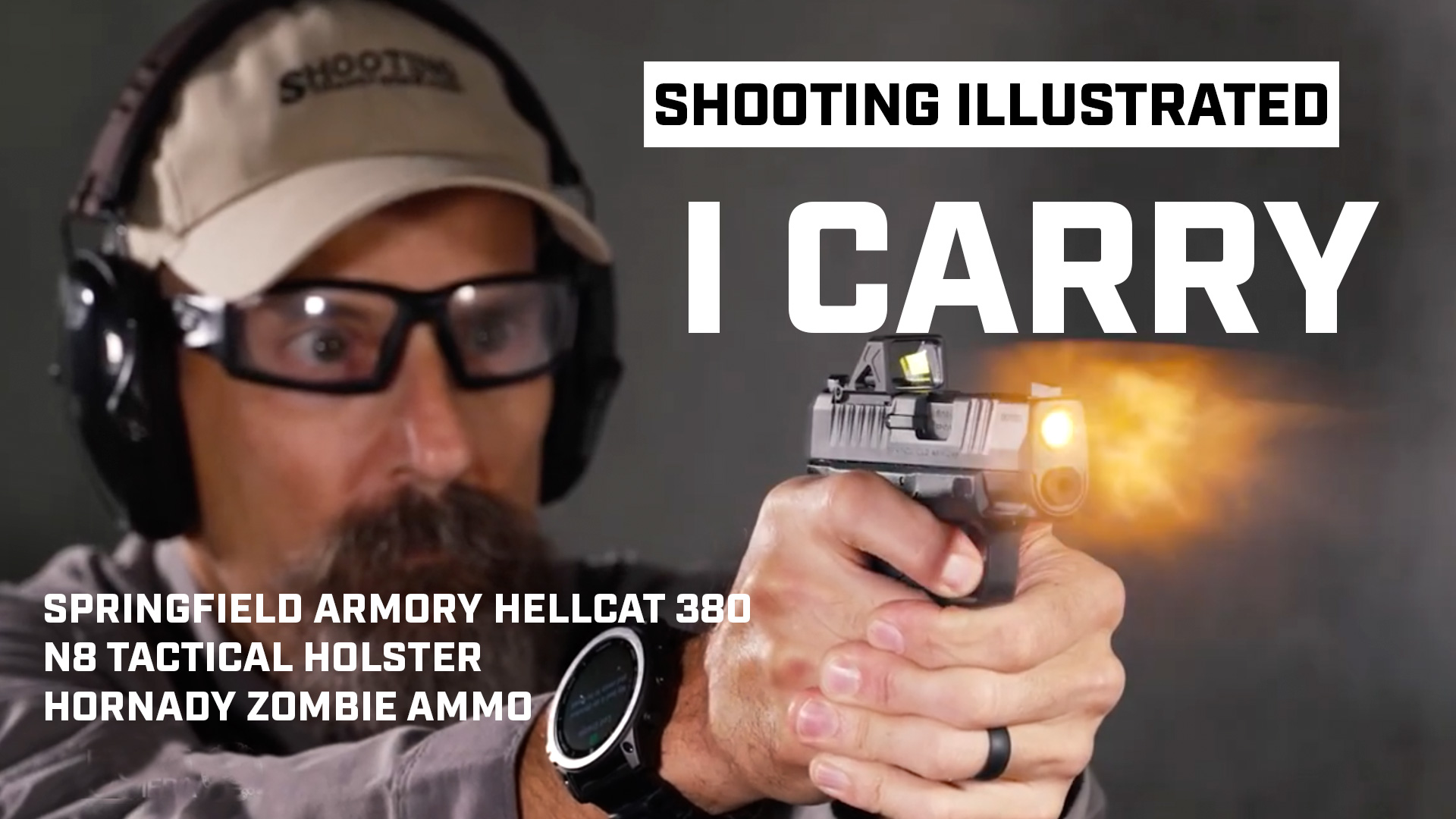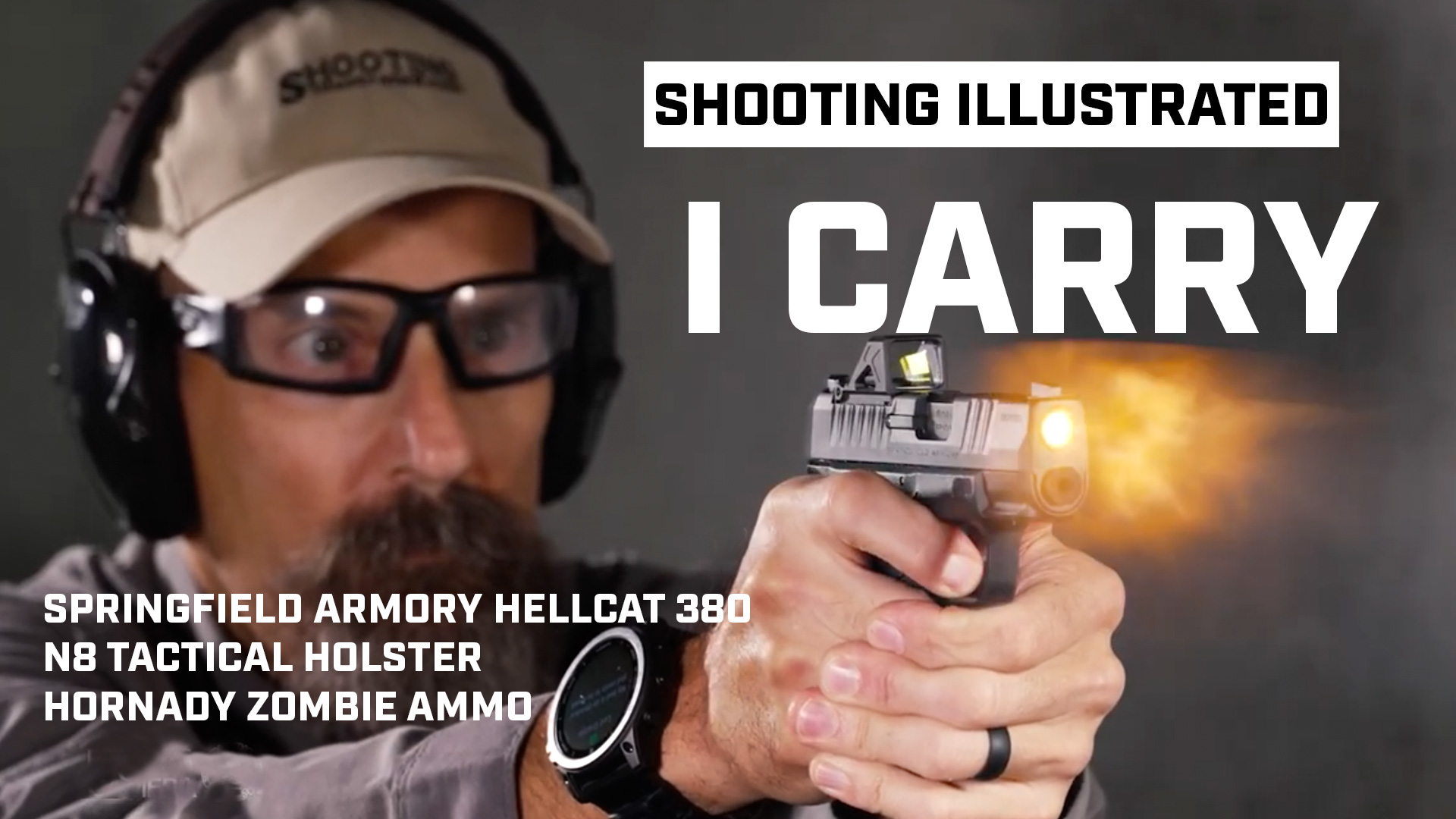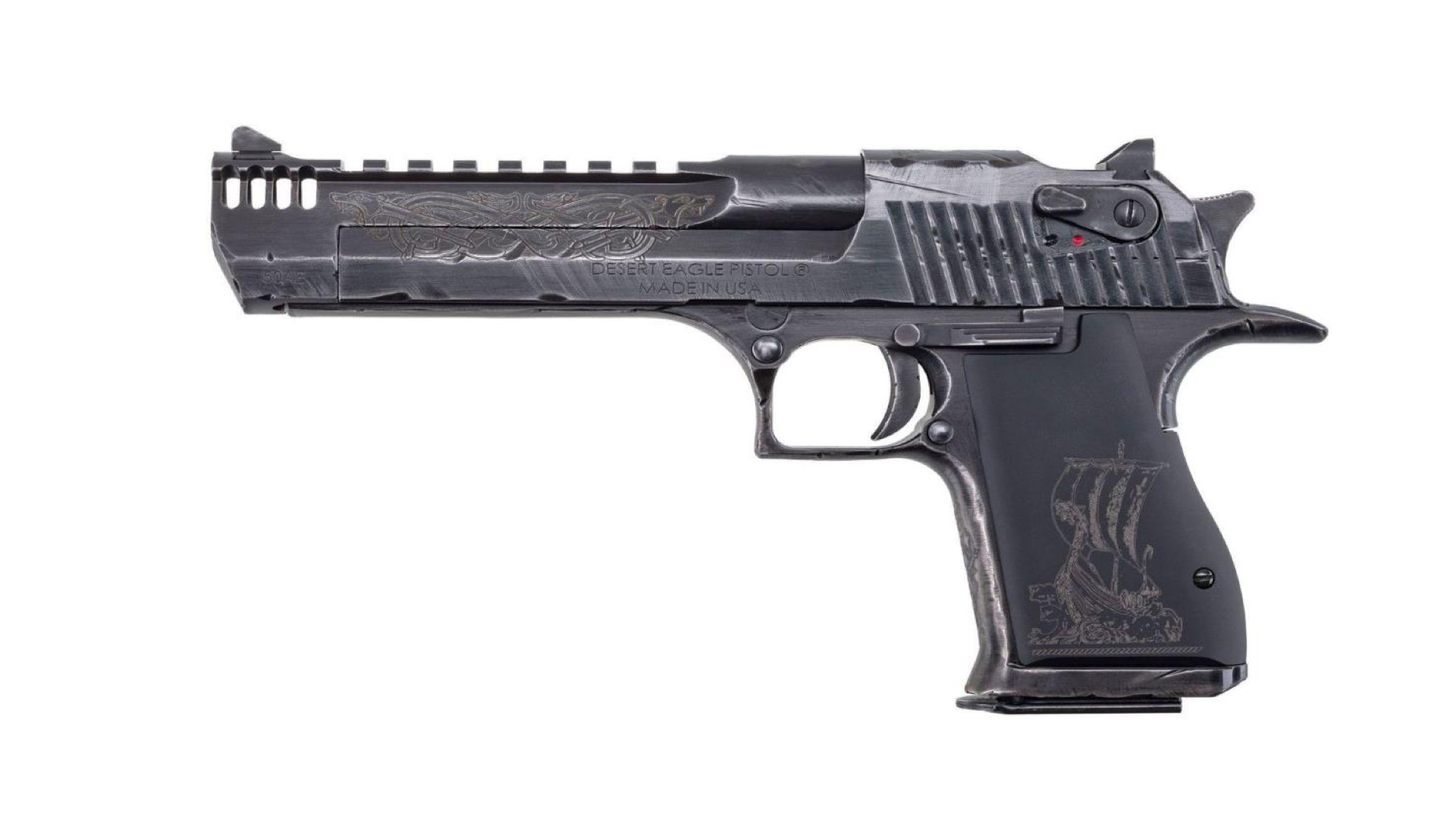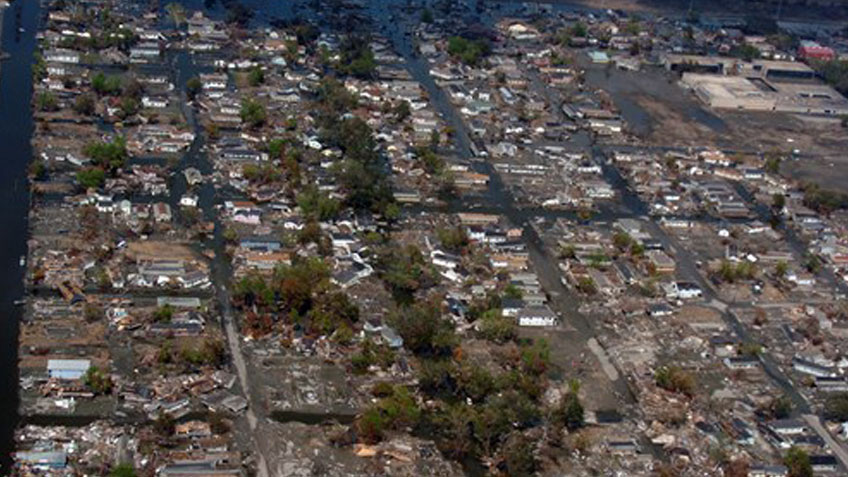
Editor's Note: With Hurricane Irene quickly approaching, whether you're in its projected path or not, this article is a great reminder that creating a "bug out" system for your handgun and necessary gear could be a lifesaver. Also, if your area could be impacted by the approaching hurricane, with winds that are estimated to be up to 115 mph by landfall, make sure you check out the National Hurricane Center's disaster supply kit and family disaster plan.
There have been four occasions in my life when civil unrest has prompted me to carry a gun. In three of these cases, the unrest had escalated to the point of buildings being looted and burned, cars being smashed and overturned, and citizens being hauled from their vehicles and beaten within an inch of their lives. The fourth occasion involved a trial from which a jury decision was expected that would launch the community into the same kind of rioting. As it turned out, the jury decision went the other way, avoiding the anticipated mayhem. But, the effect of all events of this nature is the same—citizens obtaining guns to avoid being victims. The difference in the last case was that people, including me, began carrying guns in their cars before violence erupted because warnings had been issued, and no one wanted to be caught away from home and unarmed when the carnage started.
Arming oneself prior to an actual outbreak of violence has an additional risk, however. Whereas some police officers may look the other way when citizens arm themselves for protection during a riot, they might not be quite as understanding if they find you driving around with a firearm when things are relatively peaceful. So, to avoid being prey for a mob or a possible criminal in the eyes of the police, what can you do to arm yourself in anticipation of physical danger?
The answer varies, depending on the state and community laws under which you reside. The best solution is to get a concealed carry permit if you can, but in some areas, self-protection in the event of possible rioting is not sufficient justification for a CCW. And if you wait until a riot is underway, there probably won't be time to go through the required hoops. We all know the best answer is to have a firearm available and to have received sufficient training that you are both comfortable and competent with the prospect of having to defend yourself with it. Since many communities view having a firearm readily available in the car as tantamount to carrying a concealed weapon, however, a bit of creative thinking is in order. Without knowing the rules where you live, I'll use my southern California home as a frame of reference.
First, with a few exceptions, it is legal to transport firearms in your vehicle in most of America. The basic rule here in California is the firearm(s) must not be immediately accessible. In a standard sedan, it must be stored in the trunk where it cannot be accessed by the driver or passengers without stopping the car and exiting the vehicle. Since SUVs don't have separate trunks and the entire area of a SUV is easily accessible, the firearm must be locked in a container. Similar logic applies to a pickup truck. The gun would obviously not be safe in an open truck bed, so locking it in a separate container carried inside the cab constitutes a safe and acceptable technique.
Determining how you package this "urban survival kit" will be largely influenced by what you choose to have in it and how/where you choose to store it in your vehicle. So, let's look at what might realistically be included and examine some of the packaging techniques that work best.
Springfield Armoy's XD45 pistol meets all the requirements for a defensive handgun. With a polymer frame accommodating double-stack magazines, the gun is ergonomically acceptable to people with different hand sizes, and the magazine capacity rivals anything on the market. It also has an integral light rail, which can be a real advantage. There are no external controls to operate in order to put the gun into action. It is striker fired with both grip and trigger safeties. Chambered in .45 ACP, the gun is available in both full-size and compact versions with some interesting adaptations. First, there is no size difference in the upper portion of these two models.
The grip frame is shorter on the compact model, and the magazine floor plate fits almost flush with the base of the grip frame. However, extended magazines are available that make the compact's grip slightly longer than the full-size model. (If you are limited to 10-round magazines as we are in California, it doesn't matter since all the magazines shipped with the gun hold a maximum of 10 rounds). If you anticipate carrying the XD concealed, consider the compact. Where standard-capacity models are legal, your spare magazines raise the compact's capacity to that of the full-size model. So, now you have a basic .45-caliber defensive handgun.
Factory packaging of the XD is interesting. Like most of the boxes from today's handgun manufacturers, it's a lockable plastic case. But, the XD box also has sections in the foam for the gun and a slew of accessories that are nice for our urban survival kit. In the bottom portion, the foam is cut to accept your XD, two magazines and a cable safety lock. The foam in the upper half of the box houses a minimalistic, but entirely functional holster, a magazine carrier that holds two mags and a tool to assist loading the magazines. I left everything as is in the upper foam pad, but removed the cable lock from the lower half and replaced it with a pair of small flashlights, a SureFire Defender and X300 pistol light. The Springfield-furnished holster won't hold the XD with the X300 on the gun, but the light is small and easily attached and removed as needed. We'll talk more about accessories later. There is more room available in the Springfield case if you want to add other stuff, but in my neighborhood this package, when locked, meets the car-carry standards according to police officers I've interviewed. Most important, it contains the basic fighting tools you'll need to get yourself clear of danger.
If you need more case capacity and want additional toughness, take a look at Pelican's line of lockable containers suitable for securing firearms. Since storage space inside my truck is limited, I looked at cases just large enough to hold my desired items, but still fit under a seat. Going from smallest to largest, these cases are the Models 1080, 1090 and 1490. The first two have holes for padlocks, while the Model 1490 is more like a briefcase with carrying strap and key-lock capability. The 1490 is a luxurious way to handle everything under lock and key. In it, I put a full-size XD 45 stored in the Springfield holster, two magazines in the Springfield mag carriers, a heavy-duty MIL-TAC fixed-blade knife, the SureFire Defender and X300 lights, a cell phone and a GPS.
Admittedly, not all of this needs to be in a secure case. For example, nobody leaves home without their cell phone, and while we don't think of it as a survival item, try getting through a day without it. Also, I carry a small flashlight on me all the time, not necessarily for tactical reasons, but to provide much-needed visual assistance to my aging eyes. Since the rule regarding flashlights is, "one is none and two is one," the kit should contain a weaponlight to supplement your pocket light. I chose a handheld light that doubles as a strike weapon. Your car may have a built in GPS, but my truck doesn't. In the event you have to grab your survival kit and head out afoot, you might like having a handheld GPS ready to go.
As for the knife, I wanted as sturdy a tool as I could find that would also lend itself to being a serious defensive weapon. I know nothing about knife fighting and tend to tear-up from small paper cuts, but the great feature about knives is they never need reloading, and the MIL-TAC looks tough enough for some heavy-duty prying, smashing and cutting.
Dropping down in size to the Pelican 1090 provided a nice package for the XD Compact model with almost everything I had in the larger 1490. The pistol is contained in the Springfield holster, and the twodifferent-sized magazines are carried in the plastic mag carrier. For the record, holsters and magazine carriers are identical for both XDs. The 1090 kit contains the same two SureFire lights and a GPS, while the cell phone is assumed to be on your person. I changed the knife selection to accommodate reduced space and a different orientation. This is Wilson Tactical's COP Tool, which places maximum emphasis on the "tool." Compact and incredibly sturdy, it performs a number of functions, but is not a potential intimidator like the MIL-TAC. The lanyard and cord-wrapped handle provide additional survival tools, but I'm not sure how they would come into play in what is hopefully a short-term, urban survival situation.
Finally, in the Model 1080, Pelican's smallest case, I went with a Springfield EMP in 9 mm. The EMP is one of the three handguns I used to qualify for my CCW. There are places where a CCW holder is not allowed to carry his or her gun, which means you either leave it at home or remove and store it in the car prior to entering the forbidden zone. Leaving it at home defeats the entire personal security thing, so a container in the trunk of your car makes sense.
In addition, if you are building a kit, why not add a couple of things to it that you don't normally carry but would definitely like to have in an emergency. The IWB holster is quickly removed from the belt before leaving the car. The Springfield-furnished, twin-mag carrier is not my normal CCW accessory since I typically carry only one extra magazine. And since the EMP accepts single-stack mags of lesser capacity, why not throw in a couple of small boxes of extra ammo? As previously stated, I normally carry a SureFire Backup as a primary flashlight, and since the EMP does not have a light rail, I'd choose the polymer G2 LED with holster in this kit. If you prefer a more aggressive handheld light that doubles as a strike weapon, check out the SureFire Combat series or other "Defender" models. And finally, SureFire's new Crank knife completes the blade weapon/tool requirement for the kit.

That's it. I'm not suggesting your kit should be identical, I'm just offering food for thought. If you live in an urban area and have never experienced street rioting, please do a little advanced planning. The last time this happened in Los Angeles, local politicians not only banned the sale of all guns and ammunition during the "emergency," they prohibited delivery of guns to those citizens who had completed the mandatory 10-day waiting period and should have been allowed to pick up their properly registered and recorded guns. Political promises of personal protection ring especially hollow in these situations.




